Category: Entity Form
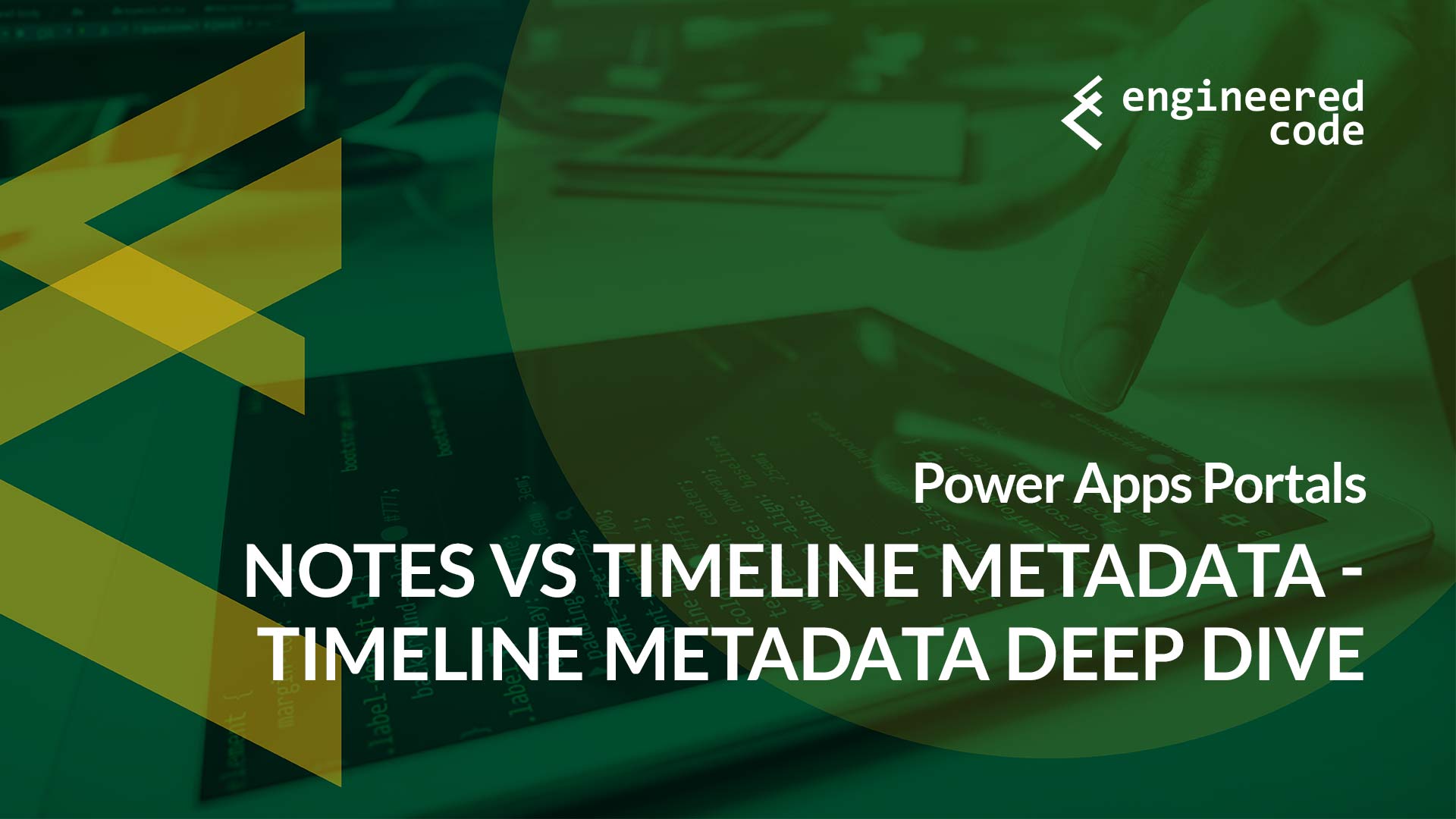
Power Apps Portals: Notes vs Timeline Metadata – Timeline Metadata Deep Dive
July 2, 2020 3 Min.To ReadIn this series of blog posts, I’m looking at the ways to enable an asynchronous conversation between Dynamics/Power Apps users and portals users. The two most common techniques I see use Entity/Web Form Metadata – either the Notes or Timeline metadata option. This post covers the newer way – using the Timeline metadata option.

Power Apps Portals: Notes vs Timeline Metadata – Notes Deep Dive
June 25, 2020 3 Min.To ReadIn this series of blog posts, I’m looking at the ways to enable an asynchronous conversation between Dynamics/Power Apps users and portals users. The two most common techniques I see use Entity/Web Form Metadata – either the Notes or Timeline metadata option. This post covers the original way – using notes.
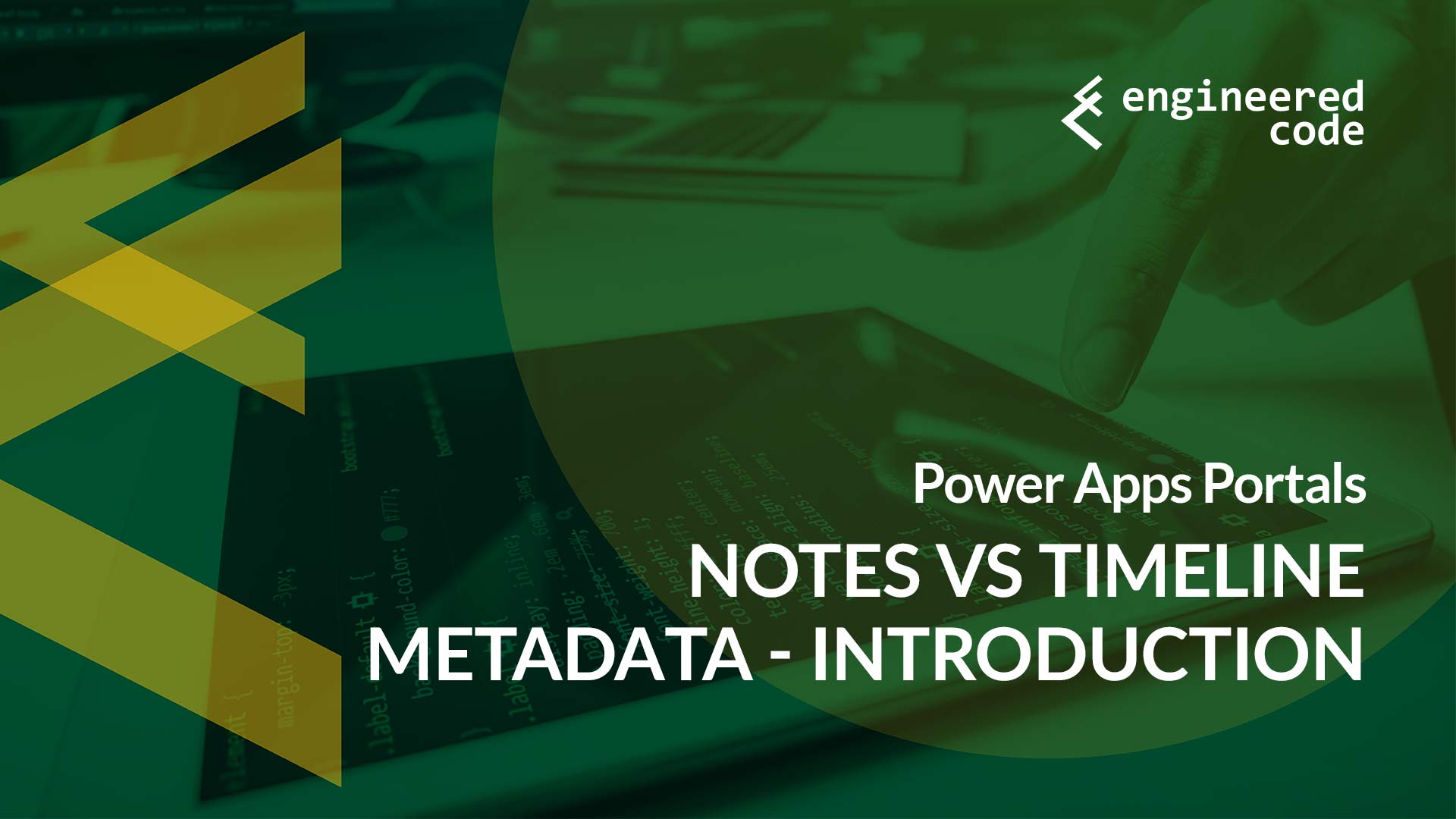
Power Apps Portals: Notes vs Timeline Metadata – Introduction
June 18, 2020 2 Min.To ReadIn many cases, allowing for a “conversation” between your Dynamics/Power Apps model-driven app users and your Power Apps Portals users is a requirement for a portal. For example, once a description is entered into a Case, often a back-and-forth is required in order to lead to its successful resolution. In Power Apps Portals, the two primary ways to achieve this functionality is by leveraging either the Notes or the Timeline options of Entity or Web Form Metadata. In this series of posts, I’ll look at these options in more details.

Power Apps Portals: Related Entity as Source of Next Web Form Step
May 14, 2020 2 Min.To ReadThe Web Forms functionality lets you build complex multi-page, multi-entity wizard-style forms on your Power Apps Portals. And while there are a ton of options, it’s not uncommon to run into situations where you can’t do everything you want with configuration, so you might need to resort to a bit of JavaScript (and maybe even Liquid). One of those situations is if you want the source entity for the next step in your Web Form to be a record related to the entity of the current step.
Popular Posts
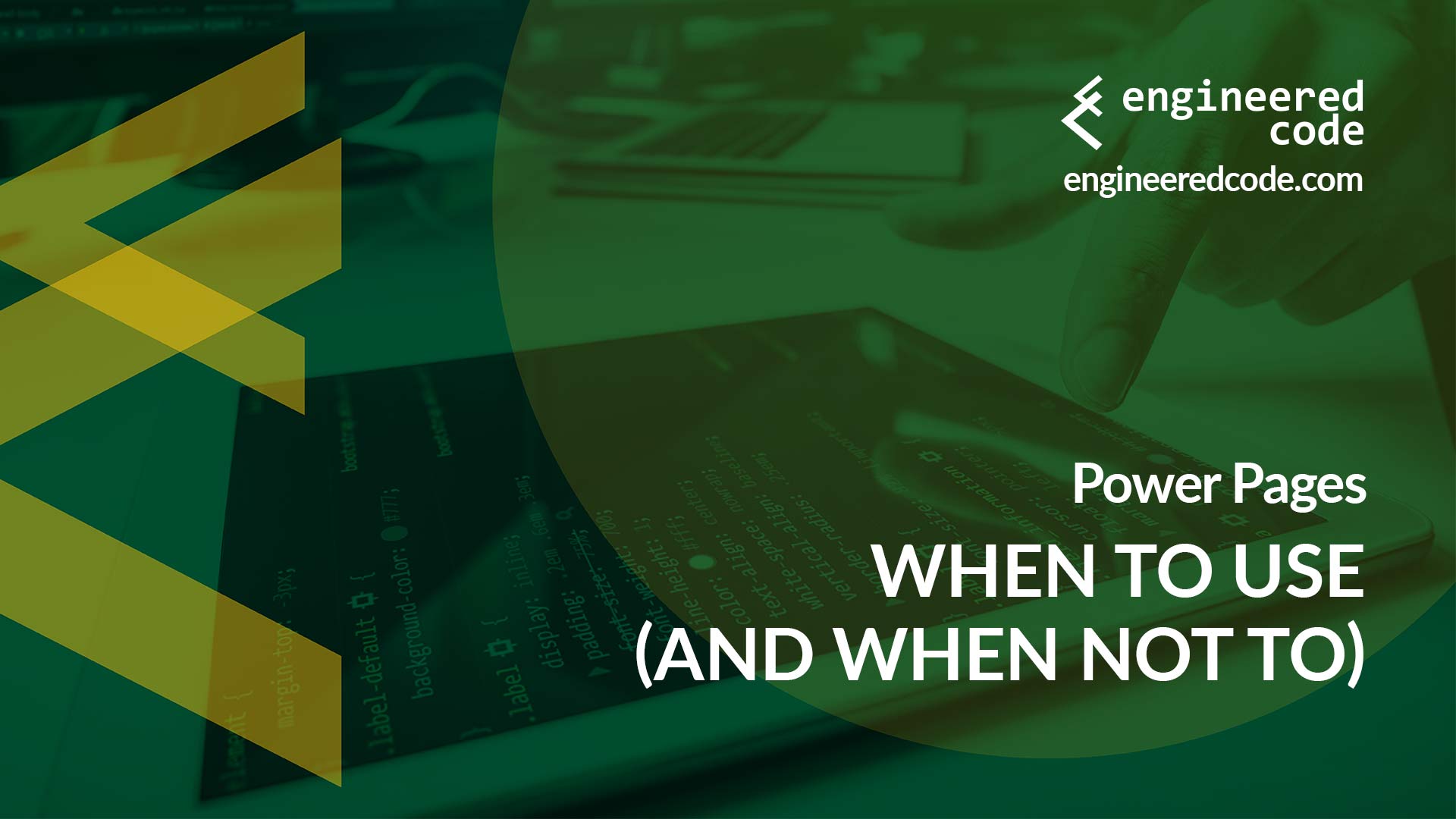
Power Pages: When to Use (and When Not To)
March 6, 2023 5 Min.To ReadThe growth of Power Pages has been an amazing story. Since being acquired by Microsoft in 2015, the product has gone from a niche add-on for Dynamics 365 Customer Engagement to a full-fledged product in the Power Platform. The visibility that comes with getting equal billing to other Power Platform products like Power BI, Power Apps, and Power Automate means that new people are discovering Power Pages all of the time. However, as with any software product, Power Pages isn’t always a fit, even if your project fall under the category of low code web application development platforms. In this post, I will share what I look for when trying to determine if Power Pages is a fit for a given project.

PowerApps Portals: Liquid and JavaScript – Better Together!
October 31, 2019 4 Min.To ReadPowerApps Portals offers two primary languages for customization: JavaScript and Liquid. This leads to confusion as to which technology should be used when – I’ll try to clear up some of that confusion in this blog post, as well as demonstrate that is many cases, the best option is a combination of the two.
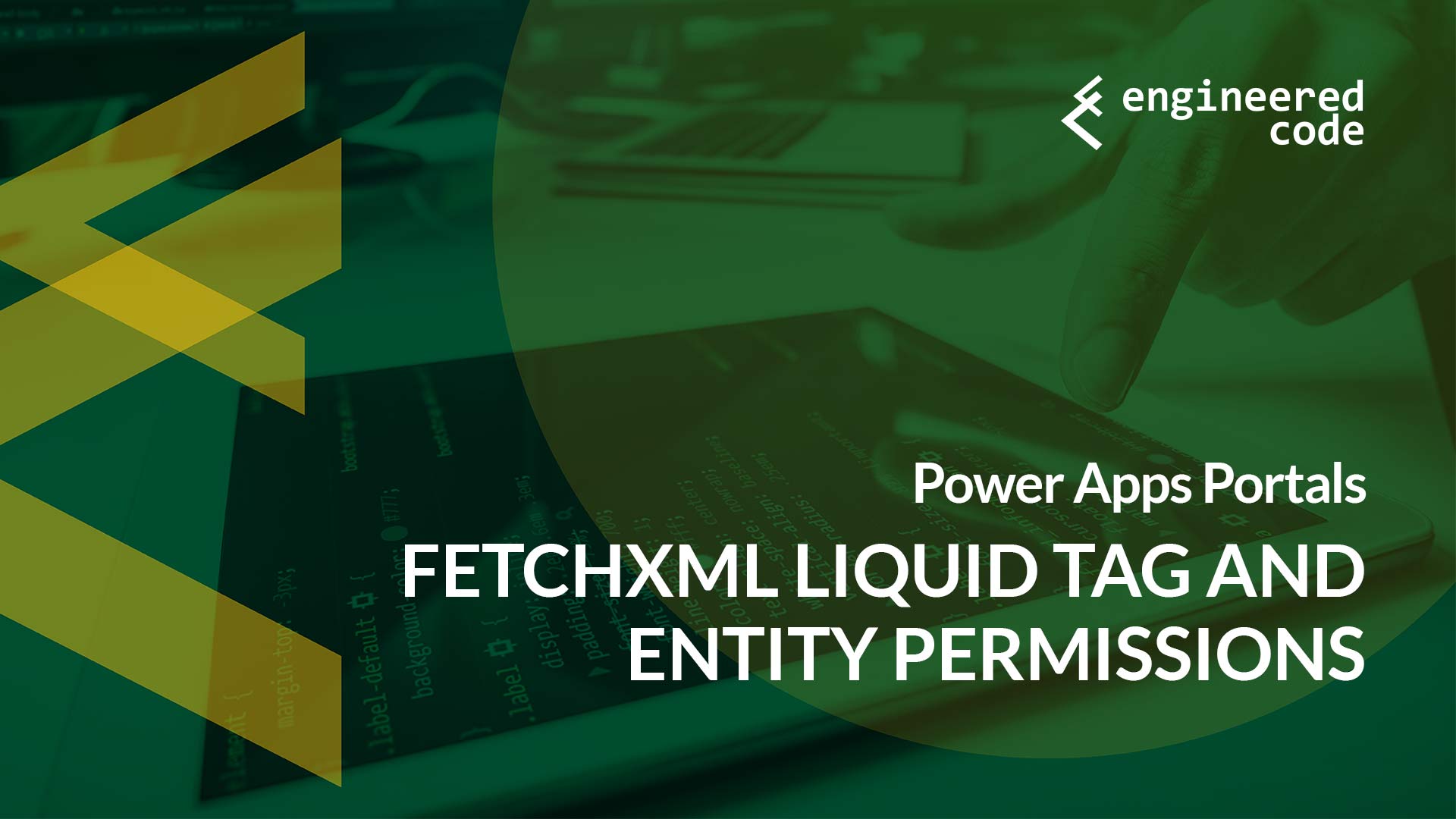
Power Apps Portals: fetchxml Liquid Tag and Entity Permissions
January 16, 2020 3 Min.To ReadThe fetchxml Liquid tag is arguably the most powerful Liquid tag in Power Apps Portals – it allows you to meet complex requirements for the display of data. But, if you combine it with a complex Entity Permissions model, you could find yourself getting unexpected errors. In this post I’ll cover what can cause those errors, and how to work around them.
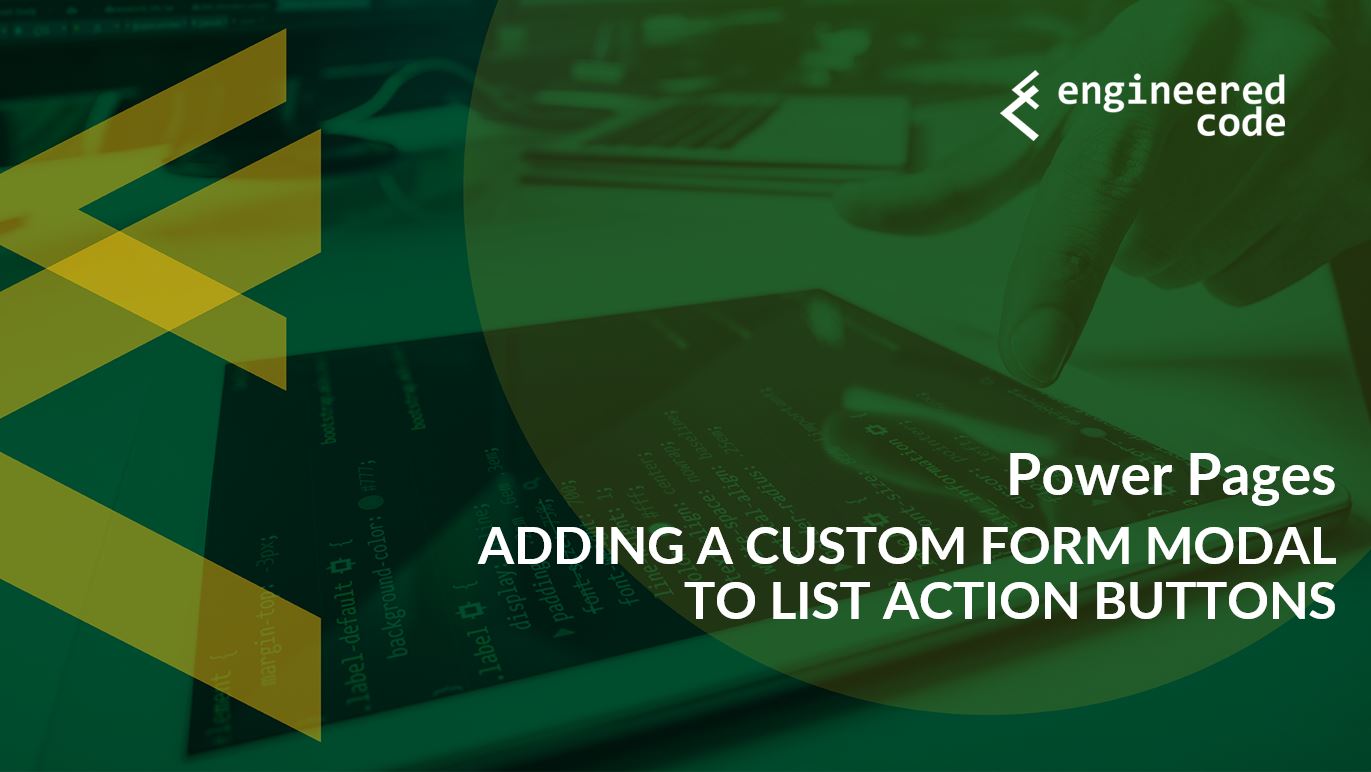
Power Pages: Adding a Custom Form Modal to List Action Buttons
December 8, 2023 6 Min.To ReadRecently there was a comment on my blog Power Apps Portals: Related Entity as Source of Next Web Form Step about adding a custom Edit button to a list or subgrid. In this case, rather than editing the main row in the table, they wanted to edit a row that was related to the main row. If you want the edit form to pop up in a modal, it requires a bit of JavaScript. In this post, I’ll go through what you need to do in order to achieve this functionality.
